February wrapped up an abnormally warm winter in Georgia, with average temperatures ranging from 6 to 9 degrees above normal throughout the state.
This is the 13th month in a row that Georgia has experienced warmer-than-normal temperatures. Rainfall across the state was well below normal, which combined with warm weather to have different effects on crops across the state.
This winter’s warm weather led to a shortage in chill hours for fruit crops, and early flowering. Both situations could negatively impact fruit yields by reducing overall fruit set and putting existing fruit at risk for damage by frost.
Conversely the warm weather led the Georgia Department of Agriculture to designate an earlier packing date for Vidalia onions. The onions, which are scheduled to be released April 12, appear to be in good condition with minimal disease pressure.
Pastures and small grains in southern Georgia were progressing well, but were stalled in north Georgia due to the continuing drought there.
The outlook for March shows that warmer-than-normal temperatures are likely to continue through the month, although some colder temperatures could occur midmonth. Drier conditions are expected early in the month and a return to wetter conditions could occur in the last two weeks.
February was notable for its number of warm days. Athens, Macon and Savannah, Georgia, all broke records for the number of days at or above 70 degrees Fahrenheit, while Atlanta was second and Columbus, Georgia, tied for third. Many weather stations reported at least one day at 80 F or higher. The Augusta, Georgia, station reported five days at or above 80 F, and the Savannah station reported six days at or above 80 F.
- In Atlanta, the monthly average temperature was 56.1 F, 8.9 degrees above normal.
- In Athens, the monthly average temperature was 55.1 F, 7.9 degrees above normal.
- In Columbus, the monthly average temperature was 57.7 F, 6.6 degrees above normal.
- In Macon, the monthly average temperature was 57.5 F, 7.5 degrees above normal.
- In Savannah, the monthly average temperature was 61.4 F, 8.4 degrees above normal.
- In Brunswick, the monthly average temperature was 62.2 F, 7.7 degrees above normal.
- In Alma, the monthly average temperature was 60.5 F, 6.3 degrees above normal.
- In Augusta, the monthly average temperature was 58.3 F, 9.2 degrees above normal.
- In Albany, the monthly average temperature was 60.5 F, 8.1 degrees above normal.
- In Rome, the monthly average temperature was 52.2 F, 7.9 degrees above normal.
- In Valdosta, the monthly average temperature was 61.1 F, 6.9 degrees above normal.
A number of record highs were also set in February. Atlanta broke a record high on Feb. 24, observing 78 F to pass the old record of 77 F set in 1982. On the same day, Athens tied a record of 79 F; Macon broke an old record of 79 F from 1985 with a new observation of 81 F; and Augusta set a new record high of 84 F, breaking an old record of 82 F, also set in 1985.
Alma broke a record high on Feb. 28, observing 85 F, which surpassed the old record of 84 F set in 2011. Brunswick and Augusta broke record highs on Feb. 12, reporting 79 F at both locations, which surpassed the old records of 78 F set in 1999 and 1922, respectively. Several other record highs were also tied across the state.
Drought in northern Georgia persisted through the month. While the total area designated as abnormally dry or in drought shrunk, the area of extreme drought in northern Georgia expanded as the month progressed with little rain.
The highest monthly total precipitation from National Weather Service reporting stations was 3.48 inches in Rome, which was 1.42 inches below normal. The lowest monthly total precipitation was in Brunswick at 0.86 of an inch, 2.61 inches below normal.
- Atlanta received 1.87 inches, 2.8 inches below normal.
- Athens received 1.19 inches, 3.29 inches below normal.
- Macon received 1.94 inches, 2.42 inches below normal.
- Savannah received 2.22 inches, 0.57 of an inch below normal.
- Augusta received 2.11 inches, 1.81 inches below normal.
- Alma received 1.04 inches, 2.76 inches below normal.
- Valdosta received 1.20 inches, 2.96 inches below normal.
- Albany received 3.04 inches, 1.12 inches below normal.
- The only area of the state that was above normal was a part of Quitman County in southwest Georgia.
There was one daily rainfall record this month. Savannah recorded 2.08 inches of precipitation Feb. 22, surpassing the old record of 1.45 inches set in 1998.
It was the seventh driest February for Athens based on 161 years of record. The last time it was this dry in February was 1978, with just 0.75 of an inch of precipitation.
The highest daily rainfall total recorded by a Community Collaborative Rain, Hail and Snow Network volunteer was 3.15 inches west of Albany in Dougherty County on Feb. 8, followed by 2.22 inches measured at Fort Gaines in Clay County on Feb. 22. For the entire month, the highest total precipitation was 4.72 inches measured east of LaGrange in Troup County, followed by 4.57 inches from the Fort Gaines observer and 4.55 inches from the Albany observer. A few snow flurries were reported in the northeast mountains on Feb. 9.
Two rounds of severe weather impacted Georgia in February. Tornadoes were reported in Harris, Bulloch and Effingham counties during Feb. 7-8. One of the tornadoes in Bulloch County resulted in five injuries from an EF-2 tornado, but most of the damage came from fallen trees. Isolated wind damage occurred on Feb. 23 and 24. Producers were continuing to clean up damage from the severe storms in January, which damaged pecan trees, fences and irrigation equipment.
For more information, visit the Climate and Agriculture in the South East blog at blog.extension.uga.edu/climate or visit www.gaclimate.org. Email your weather and climate impacts on agriculture to share on the blog to pknox@uga.edu.

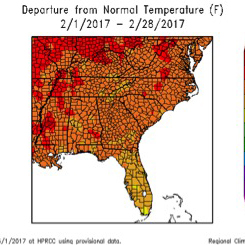

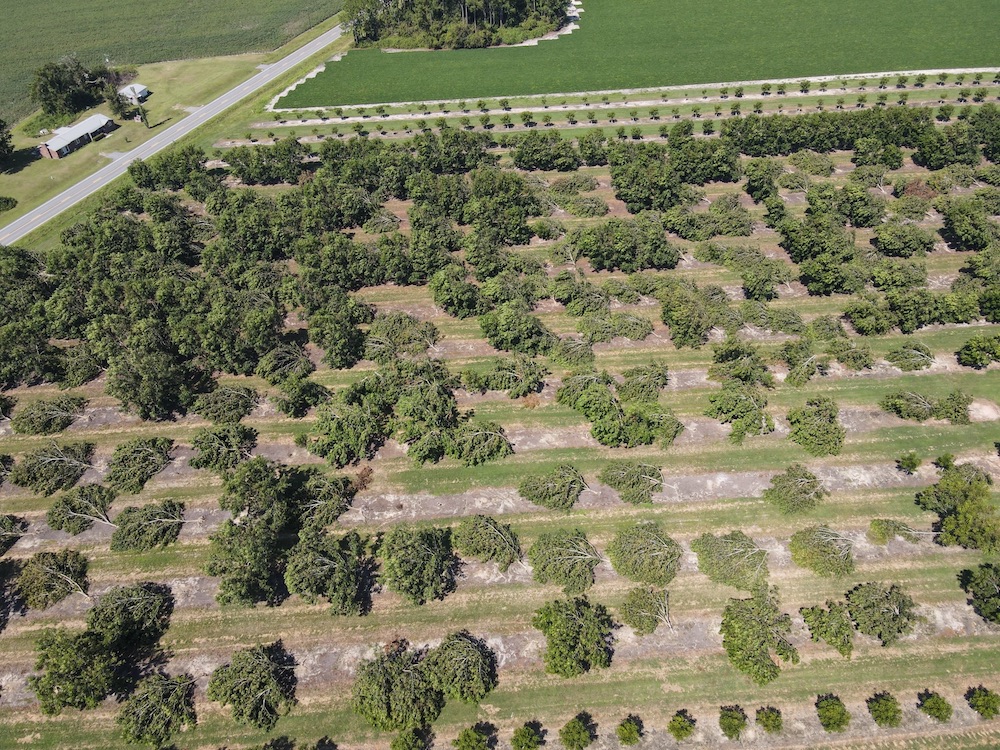
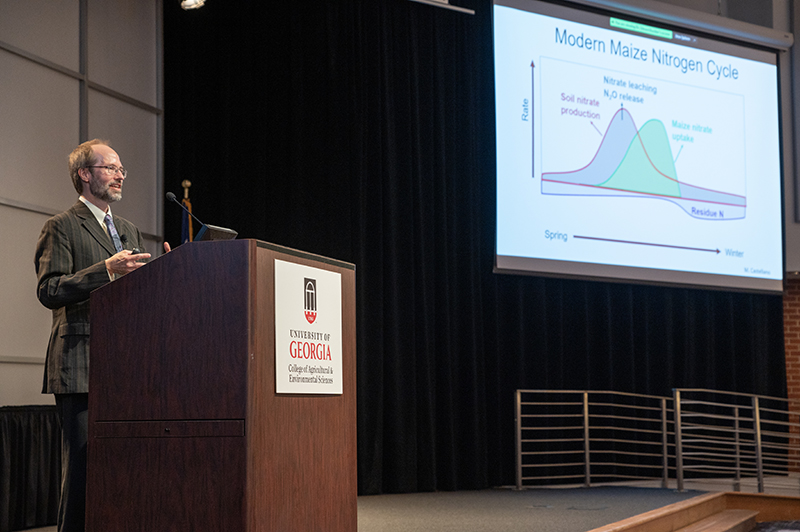
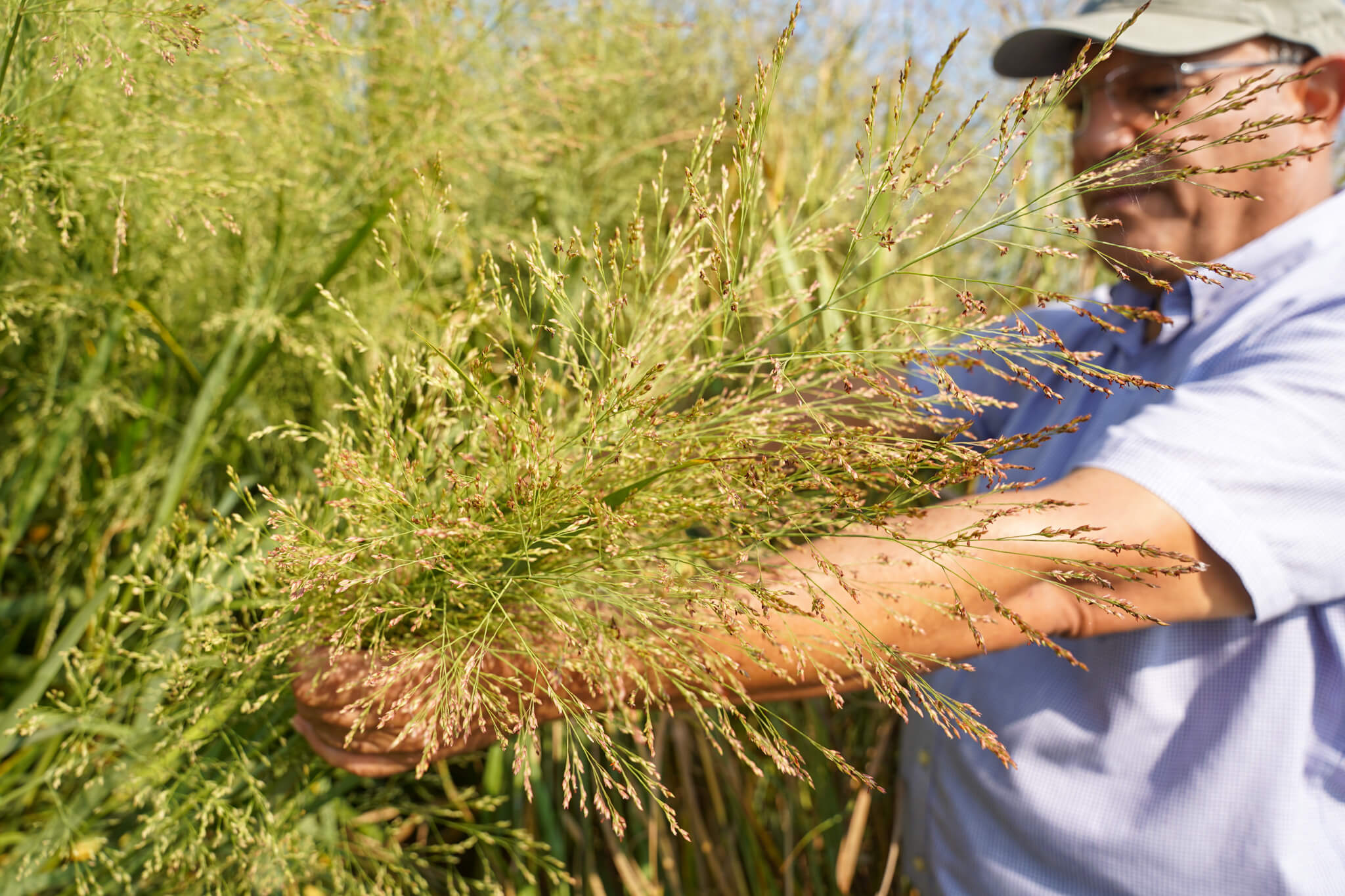
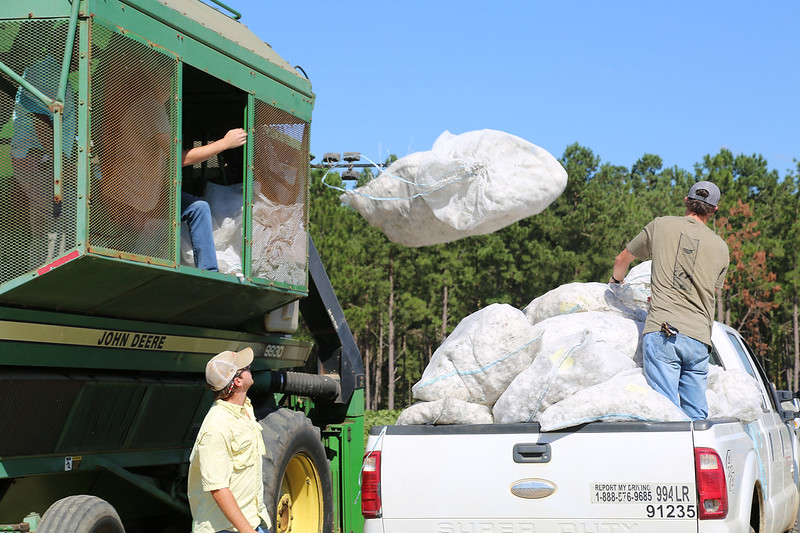
.jpg)